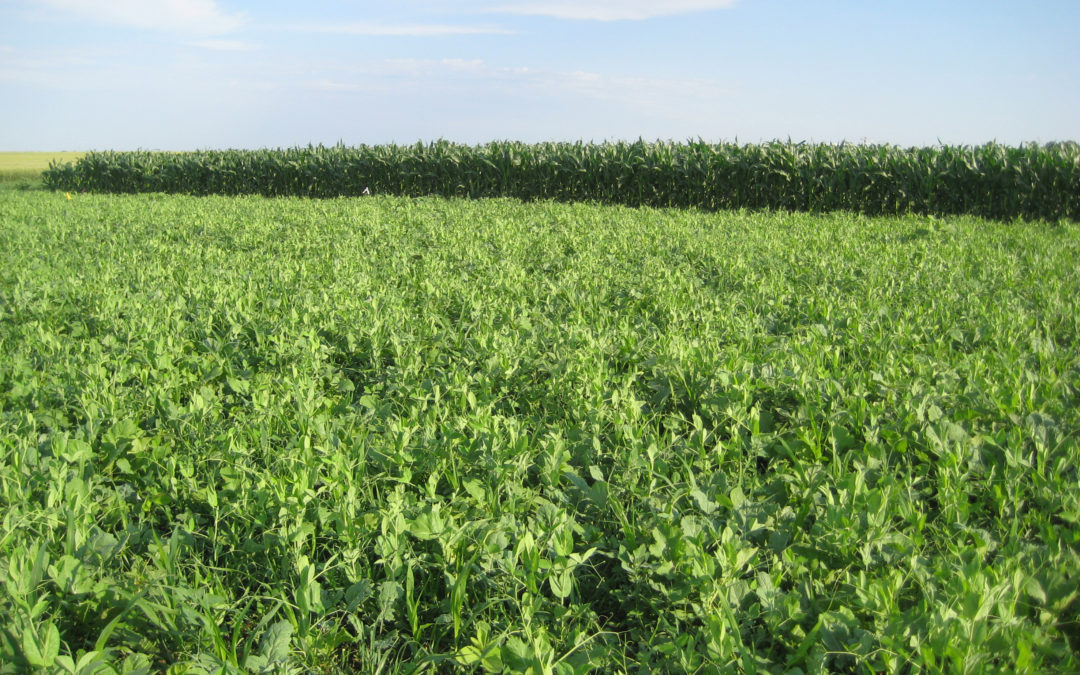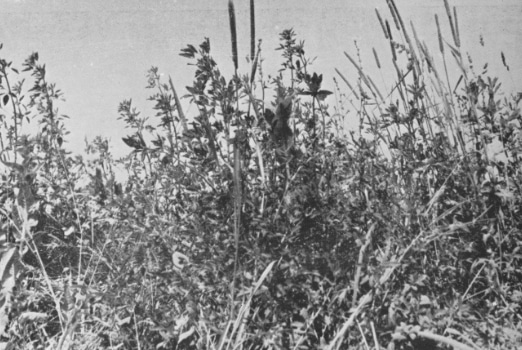
Cover Cropping & Green Manures
There are several methods that deserve credit for this increase in soil quality: the use of compost, the use of a balanced mineral fertilizer and a serious commitment to cover cropping.

There are several methods that deserve credit for this increase in soil quality: the use of compost, the use of a balanced mineral fertilizer and a serious commitment to cover cropping.

Among the myriad of benefits cover crops provide to a row crop or vegetable operation, Clemson University researchers have found another one: Cover crops do not deplete water stored in the soil profile, thus preserving the precious resource for the cash crop — an all important function, specifically in times of drought.

All any farmer really wants is the best uptake of plant nutrients for his or her crops. In order to make sure crops efficiently uptake all they need, crop expert Esper K. Chandler says, “We have to reestablish the humus function of the soil, the basis for natural/organic sustainable farming.” And this means putting water best practices into use.

The place to begin with establishing the stand is obviously the soil, because soil fertility and soil conditions play the major role in plant growth and crop yield—and most of all, crop quality. When you feed high quality forage to your livestock, they not only will produce more on the same quantity (or less) of feed, but they will also be healthier.

Chicory and Plantain are two of the herbs which pigs will choose before all other ingredients of the ley. They are also probably the two most productive of the herbs included in these mixtures.

The main essential of a mixture for thin soils, soils overlying and close to the rock, and in excessively dry countries, is that it should contain a predominance of the deepest-rooting varieties available, consistent with their production above the ground.